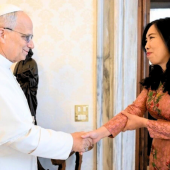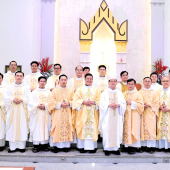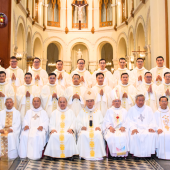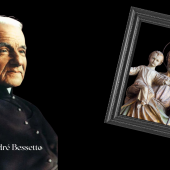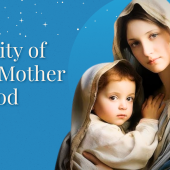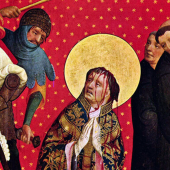St. Andrew Dung-Lac, Priest and Companions, Martyrs
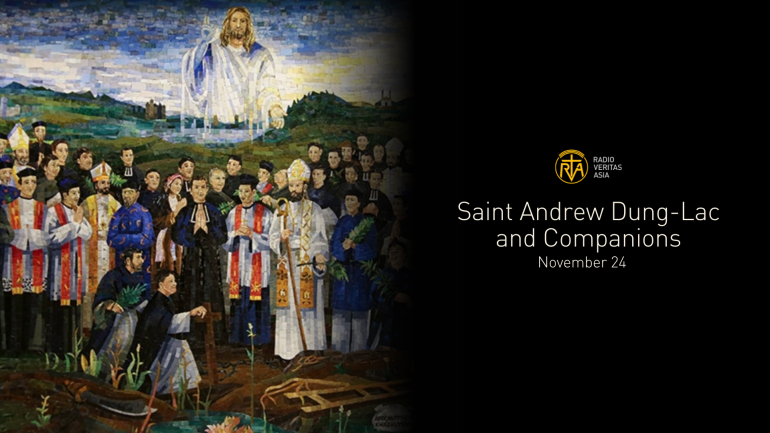
Their feast is celebrated on November 24. They are known as the great cloud of witnesses from Vietnam.
This gives testament to the sufferings inflicted on the Vietnamese Church, which are among the most terrible in the long history of Christian martyrdom.
Andrew Dung-Lac, a Catholic convert, became a priest in 1823 and was among the 117 people martyred in Vietnam between 1820 and 1862.
Between the 17th and 19th centuries, they offered their lives for Christ and were beatified on four different occasions, from 1900 to 1951.
The 117 faithful consisted of bishops, priests, laypeople, a mother of six, and a nine-year-old child. Ninety-six of them were native Vietnamese, and 21 were Spanish or French missionaries.
Some of the priests were Dominicans; others were diocesan priests who belonged to the Paris Mission Society, according to the Catholic News Agency.
Pope John Paul II canonized the group together in 1988. They represented the unnamed 100,000 and 300,000 martyrs.
Fr. Andrew Dung-Lac was born Dung An-Tran to a poor, ordinary family in northern Vietnam around the year 1795. They followed the traditional religion. When An-Tran was 12, his family moved to Hanoi to look for work.
There, a Christian catechist gave him shelter and taught him about the Savior of mankind.
Andrew received his baptism with his given name. As a priest, Andrew inspired many others to be baptized through his preaching and examples of simplicity. But it was a dangerous time to be a Christian in Vietnam.
In 1832, Emperor Minh-Mang banned foreign missionaries and ordered Vietnamese Christians to walk on crucifixes and to renounce their faith.
Many did not follow. They protected the priests by hiding them in caves or in their houses, risking and often giving up their lives.
Persecutors executed some of these faithful by beheading, suffocating, and flaying them, while others, often priests, met their demise by being publicly hung in cages.
In 1835, authorities arrested Fr. Andrew, but his parishioners managed to ransom him. Despite changing his last name to Lac and moving to a different region to avoid persecution, he continued to face persecution.
In 1839, authorities arrested him again, along with another Vietnamese priest, Fr. Peter Thi, whom Fr. Andrew had visited to receive the sacrament of penance. After their ransom, authorities arrested them again, subjected them to torture, and ultimately beheaded them in Hanoi on December 21, 1839.
After Fr. Andrew’s death, other waves of persecution followed.
The words “ta dao” (false religion) were written across the faces of Christians. Perpetrators took away their belongings, separated them from their families, and subjected them to different forms of torture.
The destruction of Christian villages occurred. By the end of the 20th century, 10% of the Vietnamese population were Catholics.
With the Vietnamese martyrs, Fr. Andrew Dung-Lac was canonized in 1988, but the communist government of Vietnam did not allow even one representative from that country to attend. It was the 8,000 Vietnamese Catholics from other countries who were in Vietnam who witnessed the canonization.
Radio Veritas Asia (RVA), a media platform of the Catholic Church, aims to share Christ. RVA started in 1969 as a continental Catholic radio station to serve Asian countries in their respective local language, thus earning the tag “the Voice of Asian Christianity.” Responding to the emerging context, RVA embraced media platforms to connect with the global Asian audience via its 21 language websites and various social media platforms.









